Malawi shell dweller - Pseudotropheus lanisticola
Scientific name: Pseudotropheus lanisticola
Common name: Malawi shell dweller
Family: Cichlidae
Usual size in fish tanks: 5 - 7 cm (1.97 - 2.76 inch)
014
Recommended pH range for the species: 7.5 - 8.8
Recommended water hardness (dGH): 12 - 25°N (214.29 - 446.43ppm)
0°C 32°F30°C 86°F
Recommended temperature: 23 - 26 °C (73.4 - 78.8°F)
The way how these fish reproduce: Spawning
Where the species comes from: Africa
Temperament to its own species: peaceful
Temperament toward other fish species: peaceful
Usual place in the tank: Top levels
Origin
This species is endemic to Lake Malawi on the African continent where it occupies the open waters which have a smooth, sandy substrate rather than the rocky regions.
Short description
A much sought after African cichlid that is not always easy to find in the aquarium trade. Unlike some of its close relatives it is a peaceful species and will not both other species however like most fish it can be territorial during spawning times. Adult specimens will only reach an average length of up to 2.75 inches also making it a lot smaller than other Pseudotropheus species. Mature males will display vertical barring which may vary in intensity with each specimen. The body colouration may also vary with each fish but generally they display a brownish colouration on their upper body but the rear may display a pale blue colouration.
On some specimens they may also develop a yellow colouration on their anal fin.
Lifespan
If cared for correctly the average lifespan for Pseudotropheus lanisticola is expected to average at least 8-10 years.
General care
Despite their small size the minimum sized aquarium that should be used will need to be at least 30 inches (45 cm) in length and 12 inches (30 cm) wide. Use a suitable filtration system that is rated for the water volume of the aquarium and provide strong lighting to promote algal growth, To recreate their natural habitat add some rockwork to the rear of the aquarium, allowing for plenty of open swimming spaces at the front. Coral sand should be used for the substrate, this will also help to keep the pH of the water alkaline. Large snail shells should be scattered on the substrate making sure there are plenty for each specimen in the aquarium. The water temperature should range between 23 - 26°C (73.4 - 78.8°F) and the pH should range between 7.5-8.8. Plants can be added to the aquarium if you choose, these will not be nibbled. The Malawi shell dweller tends to occupy middle to bottom levels in the water column but will not be aggressive to other species in the tank but they will protect their shells so if adding bottom dwellers only choose peaceful species such as Synodontis.
Feeding
These fish are classed as omnivorous and they will accept a wide variety of foods. They will graze on algae and will also accept a quality flake or small cichlid pellets. They will also require meaty foods such as small crustaceans, blood worms or brine shrimp. For extra vegetable matter offer blanched peas, zucchini or spirulina flake.
Sexing
Mature females tend to develop a pale yellow colouration and the males will display egg spots on their anal fin.
Breeding
Malawi shell dwellers are maternal mouthbrooders. It is best to add one male to several females and condition the fish prior to breeding with live or frozen foods. Once a bond is formed the female will guard her shell at a higher level and the male will spend a lot of time swimming around it. Once ready to spawn both parent fish will enter the shell and the eggs will be deposited and fertilised. The female will then incubate the eggs and guard the fry when they are first hatched in her mouth. She will only release the fry when she knows they are safe or large enough to fend for themselves. It is important that the female does not get stress during the incubation and just after hatching or she may release the fry too early. The fry caan be fed on newly hatched brine shrimp or infusoria until they are large enough to accept crushed flake or micro worms.

 Thread-finned
Thread-finned  Acara
Acara 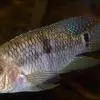 Yellow
Yellow 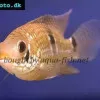 Patrick's
Patrick's  Blue
Blue 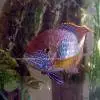 Green
Green  Acara
Acara  White
White  Compressed
Compressed 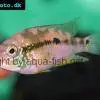 Pastel
Pastel 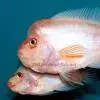 Midas
Midas 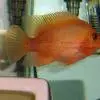 Red
Red 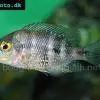 Bluemouth
Bluemouth  False
False  African
African 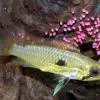 Agassiz's
Agassiz's  Banded
Banded  Yellow
Yellow 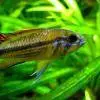 Cockatoo
Cockatoo 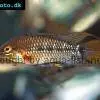 Blue
Blue  Blackstripe
Blackstripe 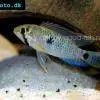 Highfin
Highfin 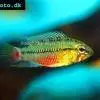 Redstripe
Redstripe  Threadfinned
Threadfinned 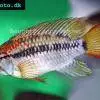 Macmaster’s
Macmaster’s 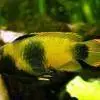 Panda
Panda 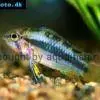 Norbert’s
Norbert’s 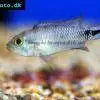 Blue
Blue 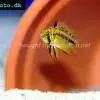 Thin-line
Thin-line 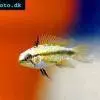 Three-striped
Three-striped  Viejita
Viejita  Flier
Flier 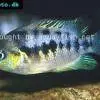 Archocentrus
Archocentrus 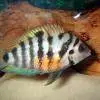 Convict
Convict 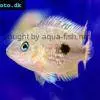 Seven
Seven 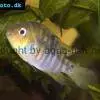 Blue-eye
Blue-eye 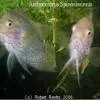 Spiny
Spiny  Oscar
Oscar 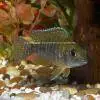 Sunshine
Sunshine 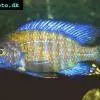 Chitande
Chitande  Firebird
Firebird 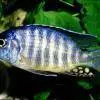 Midnight
Midnight 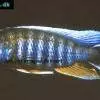 Lake
Lake  Sunshine
Sunshine 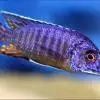 Aulonocara
Aulonocara 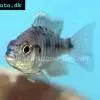 Nyasa
Nyasa  Ruby
Ruby  Grants
Grants 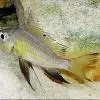 Aulonocranus
Aulonocranus 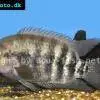 Chameleon
Chameleon 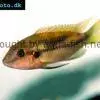 Benitochromis
Benitochromis  Orinoco
Orinoco 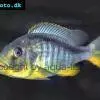 Yellow
Yellow  Brichard’s
Brichard’s 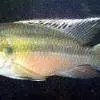 Guenther’s
Guenther’s 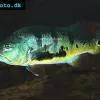 Cichla
Cichla 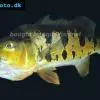 Peacock
Peacock 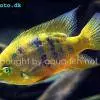 Chiseltooth
Chiseltooth 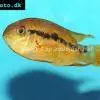 Bolivian
Bolivian 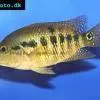 Red
Red 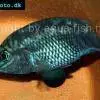 Many-pointed
Many-pointed  Jack
Jack 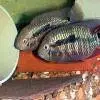 Red
Red  Yellow
Yellow 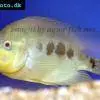 Three
Three 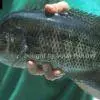 Mayan
Mayan 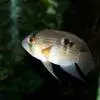 Keyhole
Keyhole  Azureus
Azureus 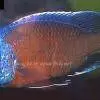 Red
Red 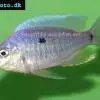 Jackson’s
Jackson’s  Crenicichla
Crenicichla  Honduran
Honduran 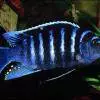 Afra
Afra  Frontosa
Frontosa  Slender
Slender  Malawi
Malawi  Chequerboard
Chequerboard  Checkerboard
Checkerboard 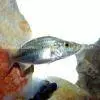 Malawi
Malawi  Ectodus
Ectodus 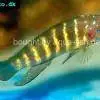 Tanganyika
Tanganyika  Canara
Canara 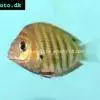 Green
Green 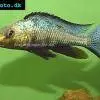 Rostratus
Rostratus 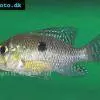 Pearl
Pearl  Geophagus
Geophagus  Yellowhump
Yellowhump 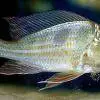 Suriname
Suriname  Redhump
Redhump 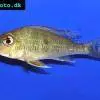 Red
Red  Dority’s
Dority’s 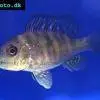 Argentine
Argentine 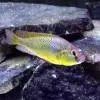 Burton’s
Burton’s  Victoria
Victoria  Haplochromis
Haplochromis 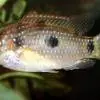 Jewel
Jewel 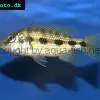 Banded
Banded  Lifalili
Lifalili 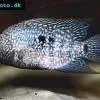 Lowland
Lowland 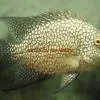 Texas
Texas 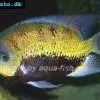 Pantano
Pantano 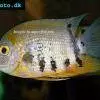 Severum
Severum 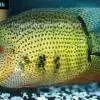 Banded
Banded  Severum
Severum  Rainbow
Rainbow  Parrot
Parrot  Chocolate
Chocolate 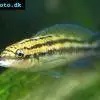 Brown
Brown 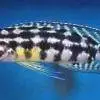 Marlieri
Marlieri  Golden
Golden 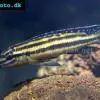 Striped
Striped  Masked
Masked 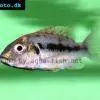 Konye
Konye 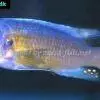 Blue
Blue 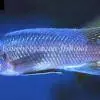 Trewavas
Trewavas  Electric
Electric  Dwarf
Dwarf 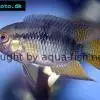 Redbreast
Redbreast  Lamprologus
Lamprologus  Gold
Gold 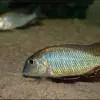 Greenface
Greenface 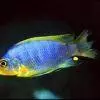 Aurora
Aurora  Blue
Blue  William’s
William’s 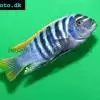 Zebra
Zebra 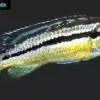 Malawi
Malawi 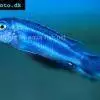 Blue
Blue  Blue
Blue 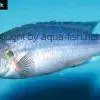 Mbuna
Mbuna 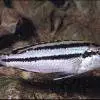 Parallel
Parallel 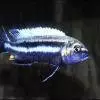 Purple
Purple 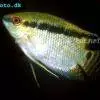 Flag
Flag 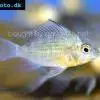 Bolivian
Bolivian 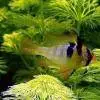 Ram
Ram 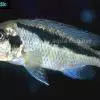 Basket
Basket  Haitian
Haitian 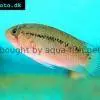 Zebra
Zebra 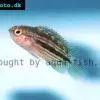 Striped
Striped 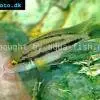 Neolamprologus
Neolamprologus 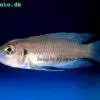 Brevis
Brevis  Fairy
Fairy 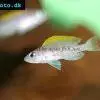 Neolamprologus
Neolamprologus 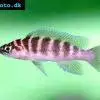 Cylindricus
Cylindricus 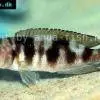 Hecq’s
Hecq’s  Neolamprologus
Neolamprologus  Lemon
Lemon  Mustax
Mustax  Daffodil
Daffodil  Six-bar
Six-bar 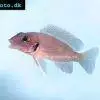 Five-bar
Five-bar  Marbled
Marbled 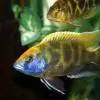 Giraffe
Giraffe 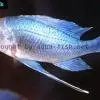 Blue
Blue  Sulphurhead
Sulphurhead 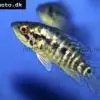 Wolf
Wolf  Jaguar
Jaguar 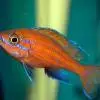 Blue
Blue  Marakeli
Marakeli 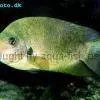 Madagascar
Madagascar  Pinstripe
Pinstripe  Pelmatochromis
Pelmatochromis 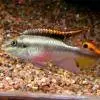 Kribensis
Kribensis  Striped
Striped 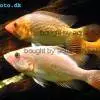 Red
Red 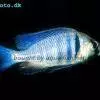 Deepwater
Deepwater 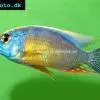 Fenestratus
Fenestratus  Nichols’
Nichols’ 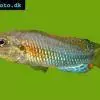 Southern
Southern  Bumble
Bumble 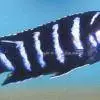 Demason’s
Demason’s  Slender
Slender 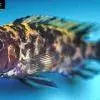 Red
Red  Mbuna
Mbuna  Kenyi
Kenyi 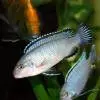 Powder
Powder 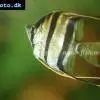 Altum
Altum  Angelfish
Angelfish  Angelfish
Angelfish  East
East  Juba
Juba  Earth
Earth 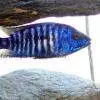 Electric
Electric  Azure
Azure 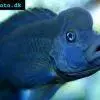 Lionhead
Lionhead  Discus
Discus  Blue
Blue 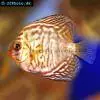 Zebra
Zebra 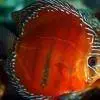 Red
Red 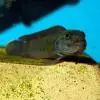 Brichard’s
Brichard’s 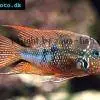 Blue
Blue  Firemouth
Firemouth 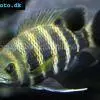 Zebra
Zebra 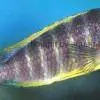 Blue
Blue 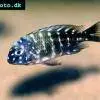 Dwarf
Dwarf 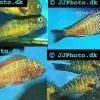 Blunthead
Blunthead 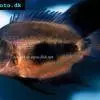 The
The 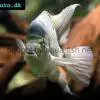 White
White 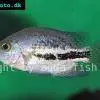 Twoband
Twoband 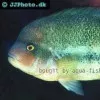 Fenestratus
Fenestratus 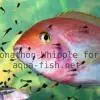 Window
Window  Southern
Southern  Tailbar
Tailbar  Black
Black 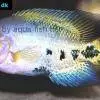 Redhead
Redhead 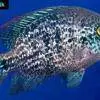 Oaxaca
Oaxaca  Xenotilapia
Xenotilapia